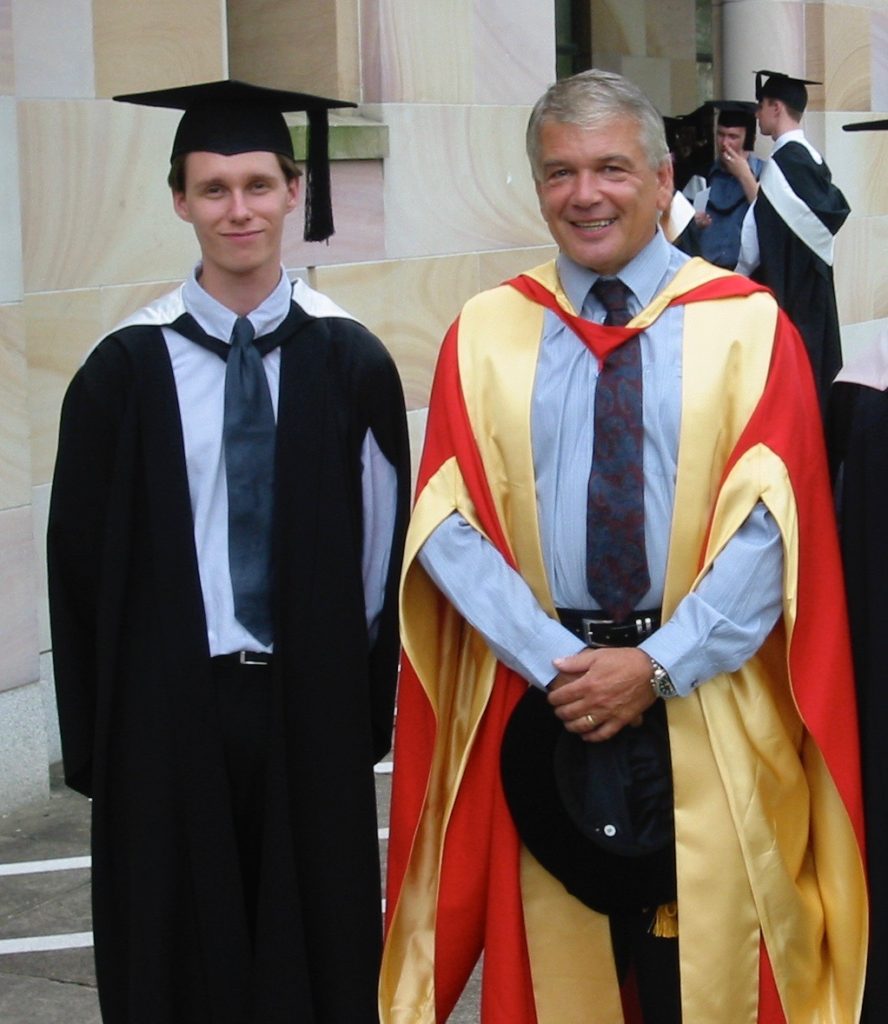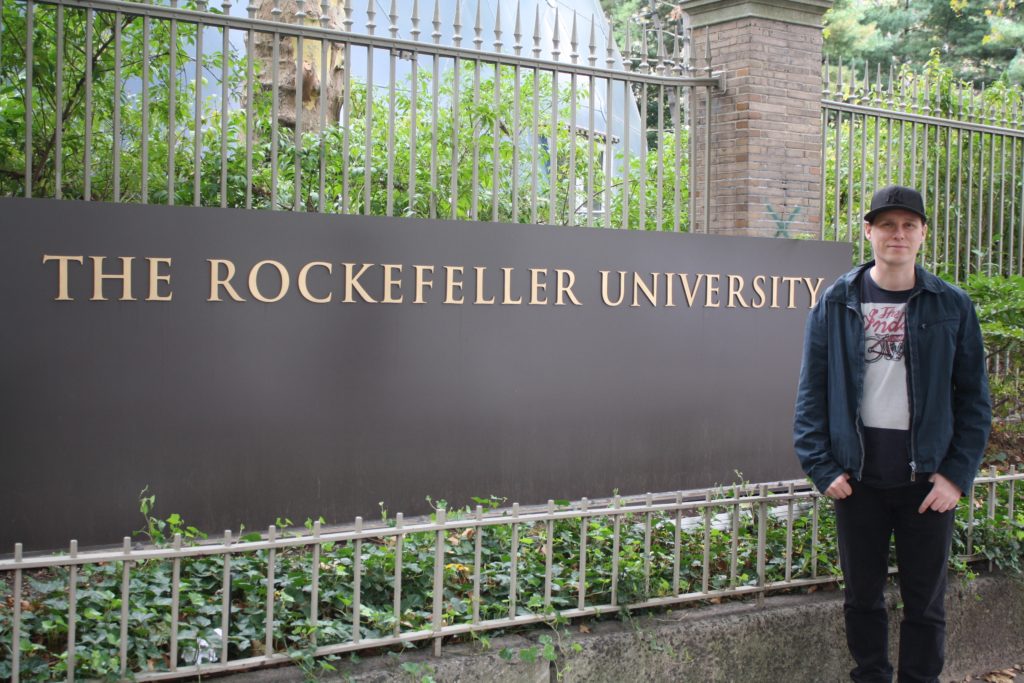Dr Peter Moyle received his PhD (Dec 2006) and Bachelor of Pharmacy (Hons I) (Dec 2001) from The University of Queensland (UQ); graduated from the Pharmaceutical Society of Australia (PSA) pre-registration pharmacist-training course (Nov 2002); and is registered with the Pharmacy Board of Australia. He currently works as a lecturer in the School of Pharmacy at the University of Queensland.

Dr Moyle works in the fields of medicinal chemistry and chemical biology, investigating subunit vaccine development, oligonucleotide delivery systems, peptide drug delivery and development, and outcomes associated with histone post-translational modifications. During his PhD, Dr Moyle developed methods that enable the synthesis of pure, lipid adjuvanted peptide vaccines, using advanced chemical ligation techniques. In addition, the conjugation of mannose to combined prophylactic/therapeutic human papillomavirus type-16 vaccines, to target dendritic cells, was demonstrated to significantly improve vaccine anti-tumour activity. This work, conducted with leading researchers at the QIMR Berghofer Medical Research Institute [Prof Michael Good (now at Griffith University) & Dr Colleen Olive], established Dr Moyle’s national and international profile in the field of vaccine development, resulting in 11 peer reviewed papers, which were published in top journals in the field (J Med Chem; J Org Chem), as well as 6 review articles and 2 invited book chapters.
Dr Moyle subsequently worked in the laboratory of one of the world’s premier chemical biologists, Professor Tom Muir (the Rockefeller University, NY, USA; Now at Princeton University) on an American Australian Association Sir Keith Murdoch fellowship, and an NHMRC postdoctoral training fellowship. During this time he developed an extensive knowledge of techniques for protein expression, bioconjugation, bioassays, and proteomics. As part of this work, Dr Moyle developed novel synthetic routes to generate site-specific ADP-ribose conjugated peptides and proteins. This research was hailed as a major breakthrough in the field, leading to several collaborations, and an exemplary publication in the prestigious chemistry journal “the Journal of the American Chemical Society” (JACS). This vast body of work identified the enzyme (PARP10) responsible for mono-ADP-ribosylation of histone H2B, and demonstrated interactions between this modification and several proteins, including BAL, which is associated with B cell lymphomas. In addition, a number of robust chemical methods were developed to enable the synthesis of a complete library of methyl-arginine containing histones, which were incorporated into synthetic chemically-defined chromatin to investigate the site-specific effects of arginine methylation on histone acetylation. This work led to a collaboration with colleagues at Rockefeller to investigate the effects of histone arginine methylation on transcription.

In 2011 Dr Moyle returned to the University of Queensland to complete the second half of an NHMRC postdoctoral training fellowship in the University of Queensland School of Chemistry and Molecular Biosciences (SCMB). This work involved combining the worlds of synthetic chemistry and recombinant protein expression in order to develop advanced platforms, which improve our capacity to generate next generation vaccines against diseases for which vaccines do not currently exist (e.g. group A streptococcus), or where current vaccines are not ideal. Such platforms also have an exiting role to play in the development of modern vaccine approaches to treat cancers, and addictions in place of, or in combination with traditional small molecule therapeutics. Dr Moyle’s research during this period focused on devising simple, highly efficient strategies to enable the defined site-specific conjugation of libraries of immunostimulatory molecules (adjuvants) with recombinant protein, synthetic peptide, and carbohydrate-based antigens. Such approaches have been demonstrated to significantly boost vaccine potency by targeting all vaccine components to the same cell, which dramatically reduces the amount of vaccine that needs to be administered, and reduces the cost and potential for adverse effects associated with vaccines. Further, these approaches enable exquisite control over the types of immune responses that are elicited, enabling scientists to tailor immunity towards responses that are most suited to particular applications. We have most recently developed approaches to enable the conjugation of a library of different lipid-based adjuvants onto protein antigens, and applied these techniques toward the development of engineered protein-based vaccines for the prevention of group A streptococcal diseases (e.g. rheumatic heart disease) (1) (2) and for the prevention of cervical cancer associated with human papillomavirus type-16 (HPV-16).